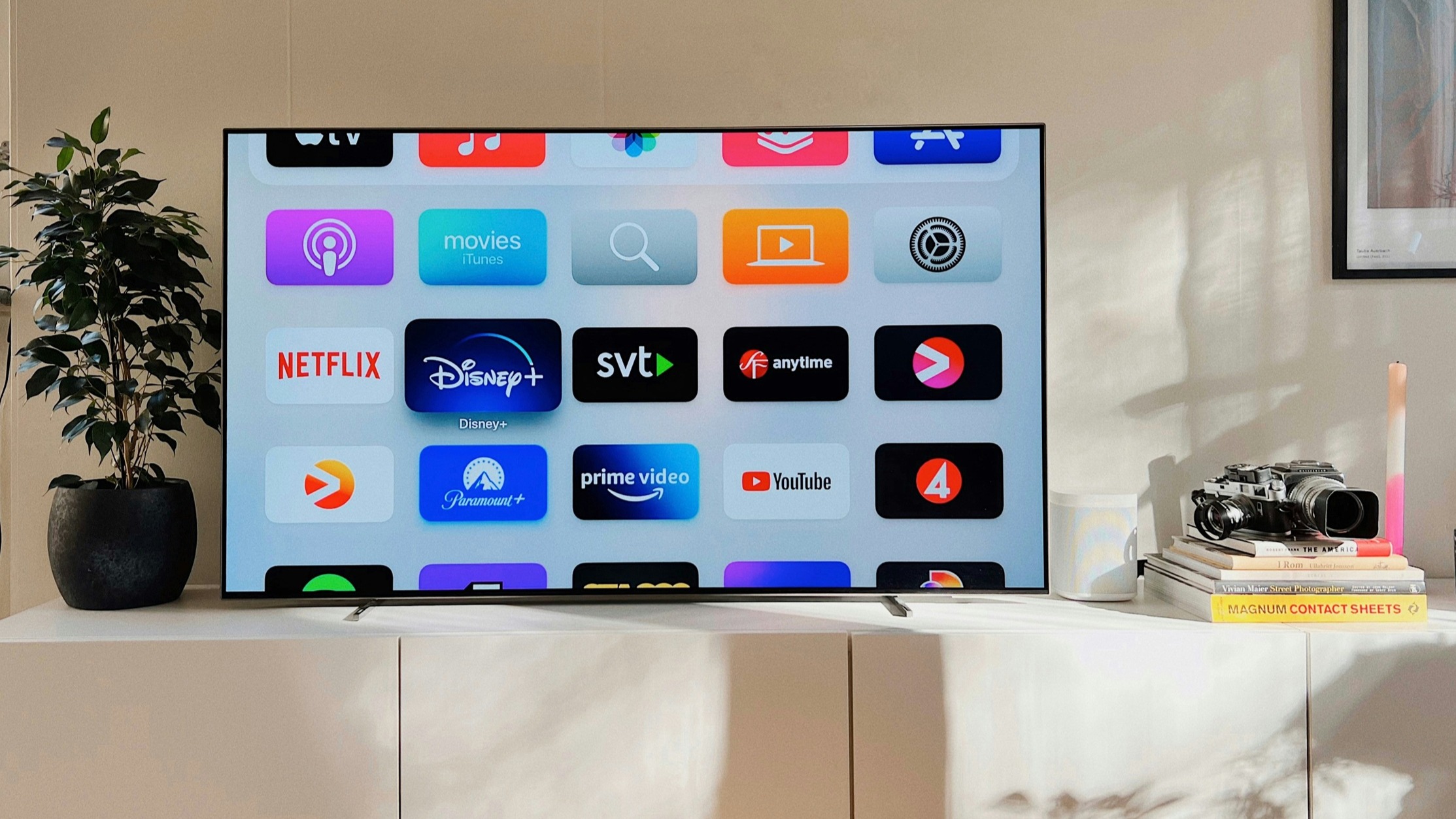TikTok For You is the new kid on the AI block, created 10 years after Facebook created Feed. Unlike at Facebook, where Feed was an addition though, For You has always been a central part of the TikTok experience where “most users spend their time.”
Anyone who has tried TikTok For You and seen the time disappear may be curious about it’s “oddly addictive” properties. Why does an app that is intended to “inspire creativity and bring joy” end up being such a time sink, often without its users even realising it?
The answer lies in the For You AI design
For You ranks TikTok videos on “likelihood of interest to a user” based on signals such interest in similar content and whether users watch to the end of the video.
However the most illuminating aspect of their AI design are in what TikTok markets as safety features. These are features designed to avoid forming polarising “filter bubbles” around each user by, for example, serving simply an “homogenous stream of videos.” It’s interesting that while Netflix allows you to binge watch — its next up automatically taking you to the next episode in a series, TikTok actively designs this out in order to “interrupt repetitive patterns.” As TikTok explain, “your For You feed generally won’t show two videos in a row made with the same sound or by the same creator.”
As well as this, the AI is coded to intersperse the higher ranking videos (the ones next on For You’s list) with more diverse content, such as videos with fewer views or content outside a user’s interest area.
So TikTok’s For You AI is not quite what we assume — rather than a simple ranked list tuned to our preferences (like we might experience when performing a Google search on a phrase) — it’s a mixed list of videos with some that we’ll like and some that we won’t. With only one video on show at a time, the only way to traverse the list, is to activate For You, and keep swiping up to get the next video.
What this creates, in psychology terms, is a system of “variable ratio rewards”
Each new video that pops up may be something we enjoy, but it may also be a dud, in which case we need to swipe again to find the one that we do like.
Variable ratio rewards is a popular brain hack used by slot machines that feeds addictive behaviour – not knowing when the win is coming increases the addictive nature of any experience. The psychologist credited with documenting this behaviour, B.F. Skinner, termed it “operant conditioning” — where the consequences of our behaviour teach us how to behave in future. When we swipe up we sometimes get a great video we love and are rewarded, sometimes we don’t. Because we don’t know when a good video will come, we just keep swiping up!
TikTok’s For You AI creates an addictively entertaining news experience — in part because TikTok itself is aimed at entertaining its users and in part because its design has a user experience and rules that make it as addictive as a slot machine. TikTok must be aware that this approach is not beyond criticism: in 2020 they founded a “transparency center” for experts to review the algorithm design.
With this increased public scrutiny it will be interesting to see how For You evolves and changes in its role as the digital ringmaster for a billion monthly active users.
Featured image: Cleyton Ewerton / Unsplash



















